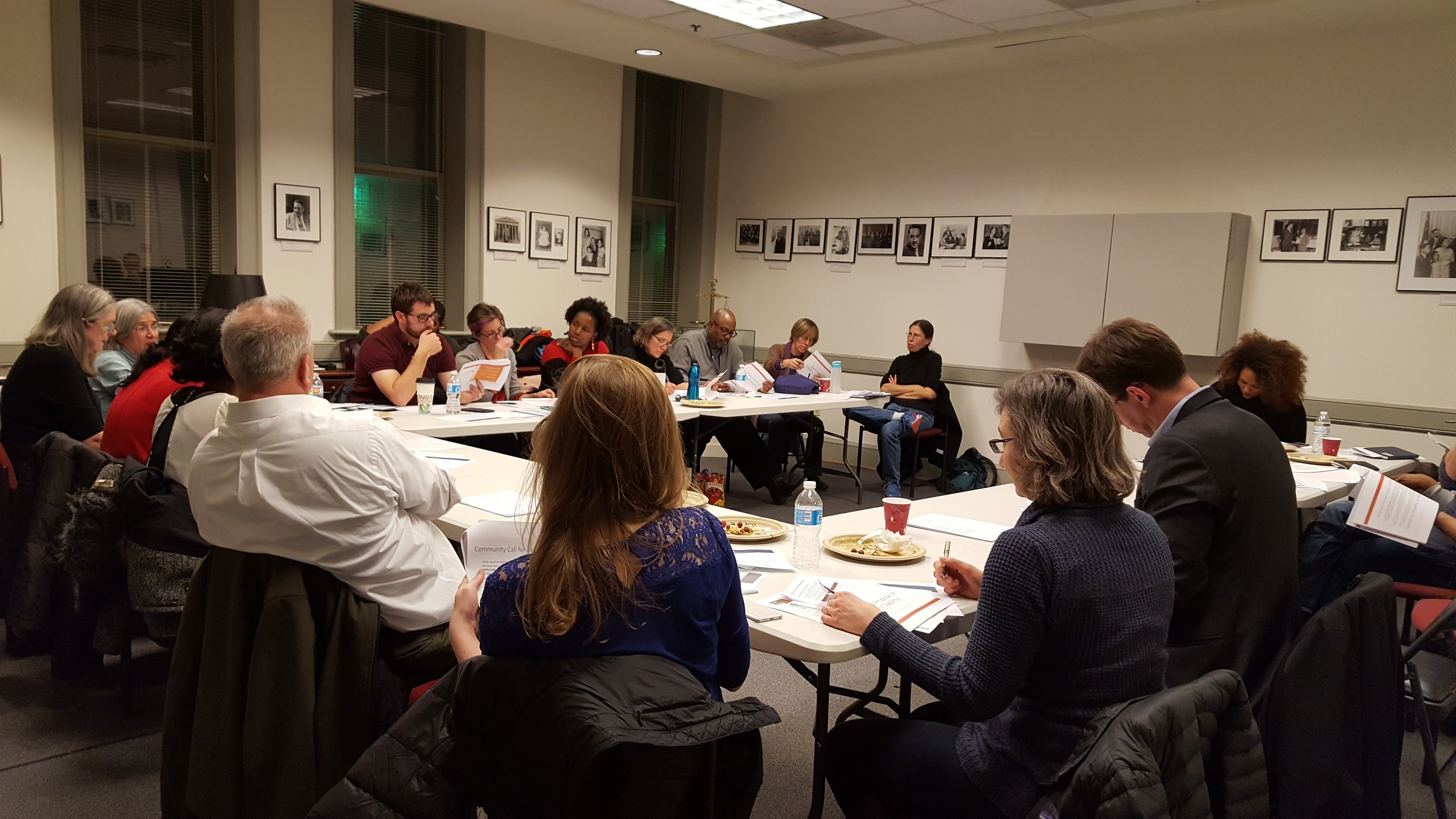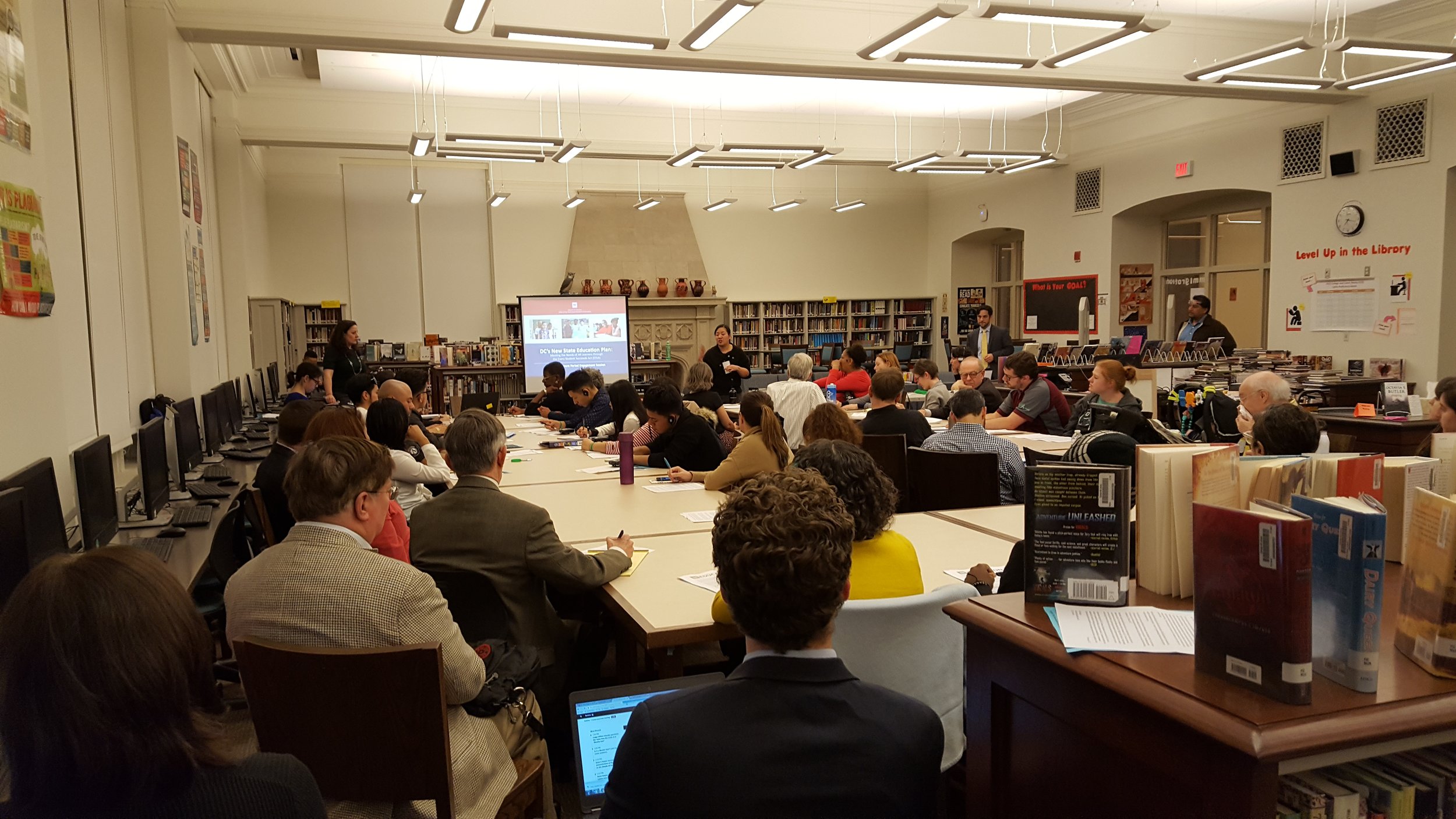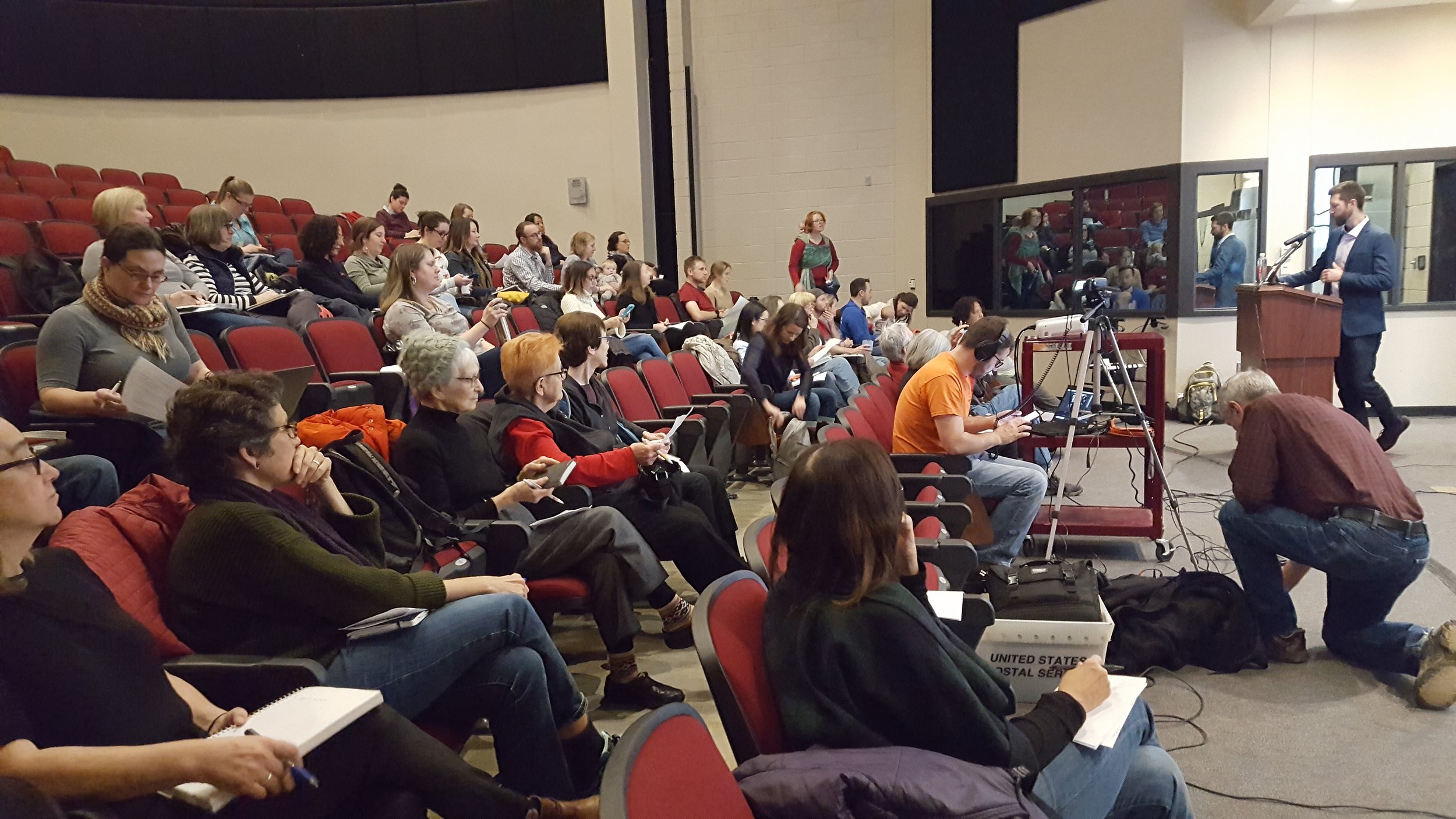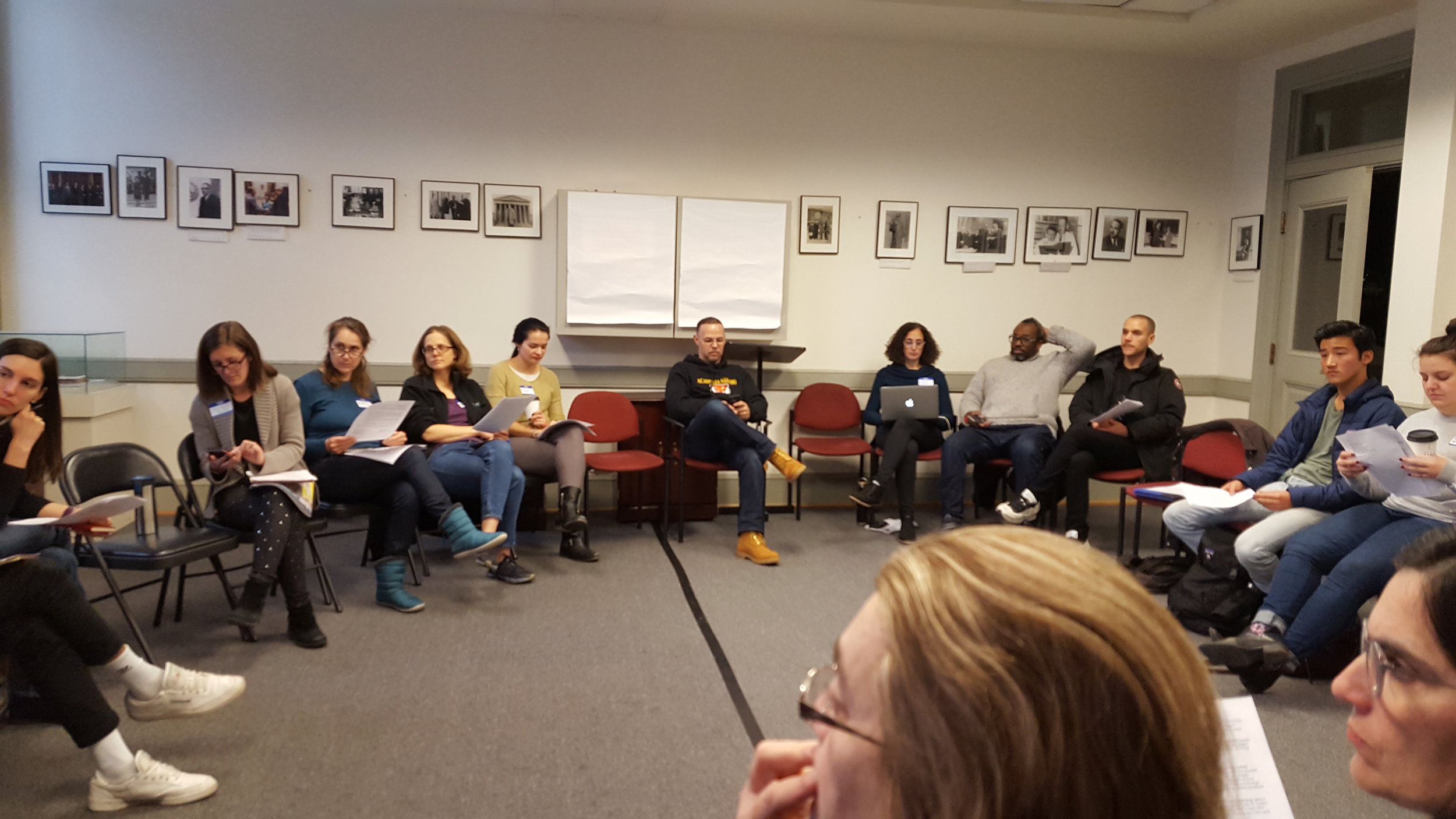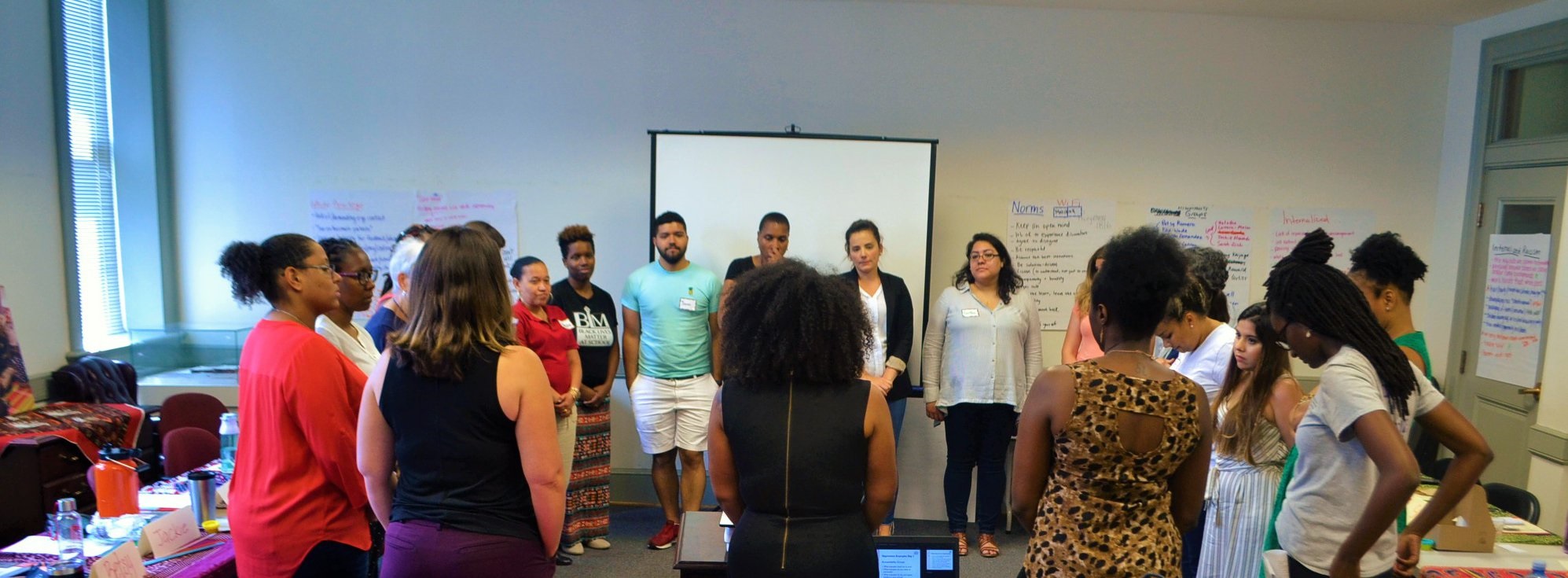Council Hearing on Literacy and the NAEP and PARCC Assessments - Mary Levy (December 7, 2022)
/As a budget and policy analyst, an education finance lawyer, and a DCPS parent, I have been collecting data and otherwise involved in DC public education for over 40 years. My contribution on the subject of today’s hearing is to provide data on the District’s scores on the National Assessment of Educational Progress (NAEP).
Although the scores of DC as a whole and of DCPS are part of the agency’s standard reporting, charter sector scores are not, so I have extracted them from NAEP’s on-line data tool. This is a lot of work, meaning that you are not likely to get these data elsewhere. Therefore, at the end of my written testimony is a full set of graphs with the scores that I have extracted in reading and math, 4th grade and 8th grade.
The pandemic effects, a sample of which is below, may surprise you:
The charter sector had large drops except for 8th grade reading, which was steady.
DCPS had significant drops in math but remarkably had no pandemic drops in reading, including the best score ever for black students in the 8th grade.
Over the last twenty years, DCPS and charters scores have usually been similar, though unfortunately with both sectors below big city averages in reading, while much closer in math. See above, and another sample below:
In general, the charter sector has experienced big increases in math, steady increases in 4th grade but only until 2017, and almost none in 8th grade.
DCPS’ 4th grade scores increased steadily from 2003 to 2015, then levelled out. In 8th grade, scores increased steadily until 2019 in math, but did not really advance in reading after 2013.
DCPS increases, moreover, have been concentrated among more economically advantaged students. Gaps between them and low-income students have become swollen compared to the gaps of 15 years ago. 4th grade reading:
8th grade math:
Looking at proficiency levels, white student scores always tower over those of all other subgroups. Levels are always lowest for black students in low-income schools, and not much better for black students generally. Finally, the scores for students with disabilities are and have been consistently horrific, in the single digits. For example, 8th grade math in 2022:
We really need to work on this. I propose starting with at-risk funds and devoting them to at-risk students instead of syphoning them off to replace general education funds they would have had, had they had equal treatment with schools in well-to-do neighborhoods.
NOTE: Vertical line marks year when low-income ceased to be defined by free/reduced price lunch status and came to represent students in schools with enrollment more than 40% at-risk (75% of schools) plus free/reduced price lunch students in remaining schools.

